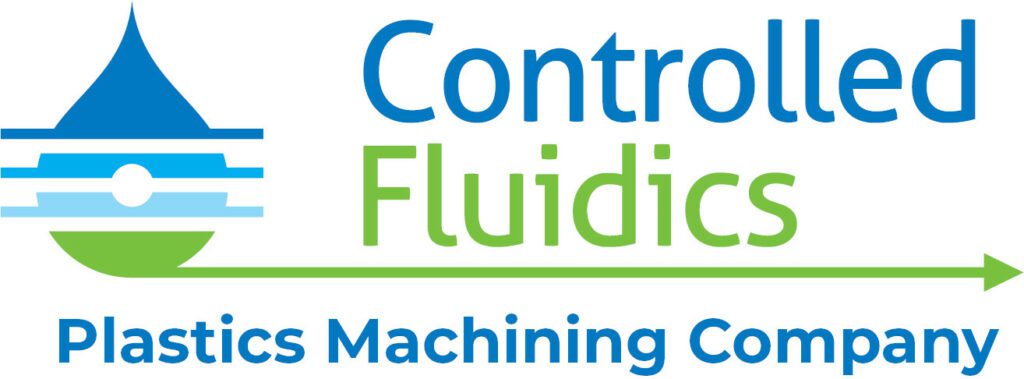Polymer Medical Components: Making the Medical Industry Safer
When engineering devices with medical applications, it's critical to keep patient safety at the center of all design choices.
Fortunately for the engineers working on medical components, polymers combine the favorable properties of glass and metal with unique properties that create better, safer components. As a result, increased use of polymers in medical applications - along with the development of new polymers - makes the medical industry safer for patients.
Polymer Medical Components are Safer Than Metal or Glass
Polymers combine the durability of metal with the transparency of glass without including the harmful properties of those materials. Unlike polymers, glass components are at increased risk of shattering - potentially injuring patients, contaminating medicines, or ruining tests.
For their part, while metal components are durable, they also interfere with critical diagnostic tests- including MRIs CAT scans, x-rays, and fluoroscopy. Using polymers allows engineers to avoid the pitfalls of glass or metal while incorporating unique properties - light weights, antimicrobial properties, chemical resistance, and increased malleability - that result in comfortable, patient-safe medical tools and devices.
Tecadur, COC, and COP Improve Patient Safety
There are certain plastics that perform better for medical applications because of their optical clarity and durability. Some of the top materials that we recommend for medical components are tecadur and COC/COP.
Tecadur Polymer Medical Components
Tecadur medical components are known for their transparency, chemical resistance, and durability. These properties result in devices that are both easy to sterilize and exceptionally visually transparent - directly improving patient safety.
Medical professionals can easily sterilize tecadur components, and then perform a final visual confirm of the presence or absence of trapped air or liquids inside the components post-sterilization. The end result: a sterile, contaminant-free component that improves patient safety.
COC and COP Polymer Medical Components
COC and COP medical components share Tecadur's extreme optical clarity and combine it with impressive durability and low moisture absorption rates, making COC and COP excellent choices for a variety of medical components. O2 and humidity won't penetrate COC or COP machined components, and the polymers' extreme optical clarity allows medical professionals to visually confirm any changes to substances inside the component - ensuring patient's only come in contact with safe, sterile components.
Safer Medical Components From Controlled Fluidics
Innovative use of polymers results in safer medical components. Controlled Fluidics remains at the forefront of polymer technology. Our engineers draw upon this foundational knowledge to ensure our clients benefit from the safety and reliability that comes from using the most advanced materials.
Ready to get started?
Reach out now and get your project started with a no-obligation conversation!
